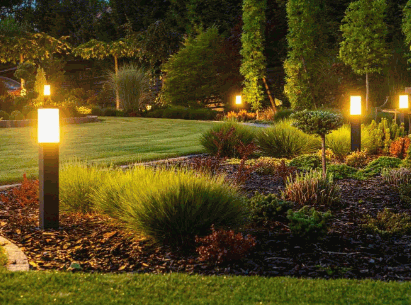
LED lighting has revolutionized the way we illuminate our spaces, offering a range of benefits that make it a popular choice for both residential and commercial settings.
From energy efficiency to longevity, durability, and low heat emission, LED lighting outshines traditional lighting options in many ways.
Learn about how LED lighting works, its advantages, and how it compares to other types of lighting. We will also delve into the different types of LED lighting and how they can be used in various settings.
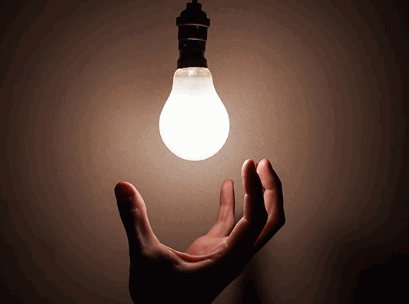
Table of Contents
LED lighting refers to the use of Light Emitting Diodes (LEDs) in light bulbs, where the technology relies on the principle of electroluminescence to produce illumination.
LEDs are semiconductor devices that convert electrical energy directly into light through the process of electroluminescence. When a current passes through the semiconductor material within an LED, it excites electrons, causing them to release energy in the form of photons, which produces light. This direct conversion of electricity into light makes LEDs highly energy-efficient compared to traditional incandescent or fluorescent lighting.
Energy efficiency is a key advantage of LED lighting, with LEDs consuming significantly less power to produce the same amount of illumination as conventional bulbs. This results in reduced energy consumption, lower electricity bills, and a smaller carbon footprint.
LED lighting is versatile, and used in a wide range of applications such as residential lighting, commercial spaces, street lighting, automotive lighting, and even in electronic devices. LEDs are preferred for their long lifespan, durability, and ability to provide a variety of colours and lighting effects efficiently.
Explore: Is LED Lighting Sustainable
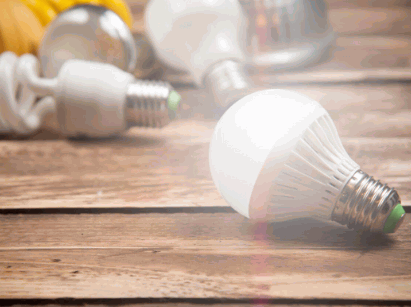
LED lighting works by passing an electrical current through a semiconductor, which then emits photons to produce light, often utilising a heat sink to manage the temperature.
When the electrical current flows through the semiconductor material in LEDs, it excites the electrons, causing them to jump to a higher energy level. As these electrons move back to their original positions, they release energy in the form of photons, creating visible light.
The semiconductor material, such as gallium arsenide or gallium nitride, determines the color of the light produced.
Heat sinks play a crucial role in maintaining LED efficiency by dissipating the heat generated during the process, preventing overheating that can reduce the lifespan of the LED.
Unlike incandescent bulbs that use a filament to produce light, LEDs emit light through a completely different mechanism, making them more energy-efficient and durable.
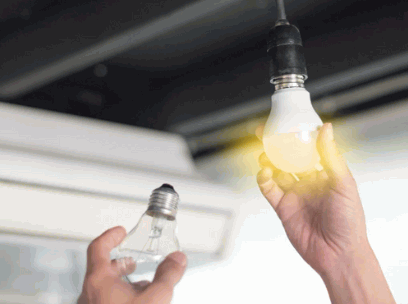
LED lighting offers numerous advantages and benefits over traditional lighting options, including superior energy efficiency and an extended lifespan.
The energy efficiency of LED lighting is one of its most significant benefits, as it uses lower wattage to produce the same lumen output, thereby reducing CO2 emissions.
LEDs are able to convert a higher percentage of the electricity they use into visible light, in comparison to traditional incandescent or fluorescent bulbs. This efficiency stems from their unique design and the fact that they emit light in a specific direction, unlike conventional bulbs that emit light and heat in all directions. As a result, LEDs waste less energy generating heat, which further contributes to their lower energy consumption.
LED lights are known for their exceptional longevity, often boasting a lifespan that far exceeds that of incandescent and CFL bulbs, contributing to their overall reliability.
One of the key reasons why LED lights have such a long lifespan is their energy efficiency. Because they produce light through a semiconductor process rather than relying on heating a filament like incandescent bulbs, they generate significantly less heat. This decreased heat production reduces stress on the components, resulting in a longer life span.
LED lights are highly durable and resistant to shock, vibration, and external impacts, further extending their reliability. This robustness makes them ideal for applications where frequent replacement is impractical or costly.
LED lights are highly durable, with no fragile filament that can easily break, and they provide consistent illumination even in challenging conditions.
Unlike incandescent bulbs that rely on a delicate filament to produce light, LEDs are made up of a semiconductor material that emits light when an electric current passes through it.
This construction not only eliminates the risk of filament breakage but also enhances their longevity, making them last significantly longer than traditional bulbs.
LED lights are designed to withstand fluctuations in temperature and humidity, making them suitable for a wide range of environments such as outdoor spaces, warehouses, or even underwater applications.
One of the notable features of LED lighting is its low heat emission, which ensures that the lights remain cool to the touch and maintain a stable temperature.
Unlike traditional incandescent and fluorescent lights that generate significant amounts of heat, LED lights are much more efficient as they convert more energy into light rather than heat. This not only makes them safer to use in various settings but also contributes to their energy efficiency.
The design of LED lights also plays a crucial role in managing heat. Heat sinks are commonly used in LED fixtures to dissipate any heat generated, ensuring that the lights operate at optimal temperatures and have a longer lifespan compared to other lighting options.
LED lighting is extremely versatile, available in a wide range of colours, and capable of providing directional light, making it suitable for various applications.
LEDs can be used in a multitude of ways, from task lighting to accentuating artwork or architectural features. With options ranging from warm white to cool white and even RGB for creating custom hues, they offer a diverse palette to suit any ambiance.
Whether they are used as spotlights to highlight specific areas or as ambient lighting to create a cosy atmosphere, LEDs can be directed with precision to achieve the desired effect.
LED lighting is environmentally friendly due to its lower CO2 emissions and the absence of toxic materials often found in Compact Fluorescent Lamps (CFLs).
The energy efficiency of LED lighting plays a significant role in reducing overall energy consumption. Compared to traditional incandescent bulbs, LEDs consume far less power to produce the same level of brightness, leading to lower electricity usage and subsequent cost savings for consumers. The longevity of LED lighting means fewer replacements are needed, reducing waste and further minimising the environmental impact. The use of LEDs aligns with sustainable practices and contributes to a greener future.
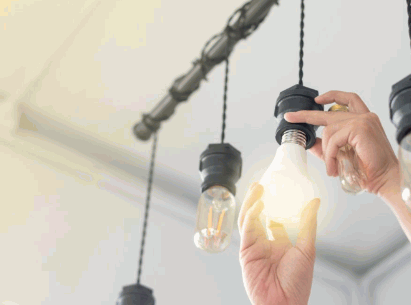
LED lighting stands out when compared to other types of lighting, such as incandescent bulbs and CFLs, primarily in terms of energy efficiency, lumen output, and overall performance.
When compared to filament bulbs, LEDs use significantly less wattage to produce the same amount of light, and they lack the fragile filament that often leads to bulb failure.
LEDs are known for their energy efficiency, converting a higher percentage of electricity into light rather than heat, unlike filament bulbs which waste a lot of energy through heat production. This not only reduces electricity bills but also contributes to lower carbon emissions and a greener environment.
LEDs have a much longer lifespan, lasting up to 25 times longer than traditional filament bulbs, making them a more durable and cost-effective lighting solution in the long run.
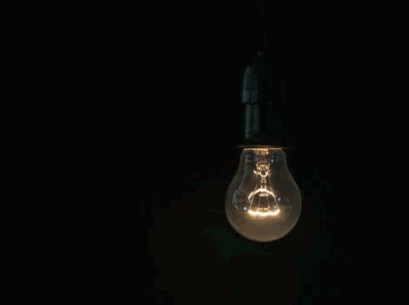
LEDs outperform fluorescent lights in terms of brightness and colour temperature options, often measured in Kelvin, whilst also providing better energy efficiency.
LEDs offer a wider range of colour options, from warm white to cool white, allowing for better customisation based on the desired ambiance. LEDs have a higher colour rendering index (CRI) than fluorescent lights, ensuring that colours appear more vibrant and true to life.
In terms of energy consumption, LEDs are the clear winner, consuming significantly less power than fluorescent lights. This not only leads to lower electricity bills but also reduces overall environmental impact, making LEDs a more sustainable lighting choice.
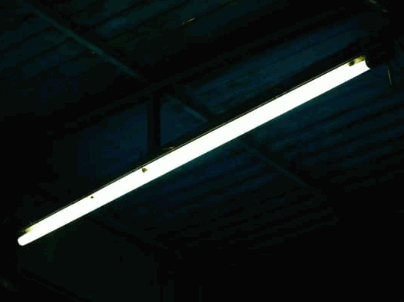
LEDs offer a superior Colour Rendering Index (CRI) compared to Compact Fluorescent Lamps (CFLs), making them a better choice for accurate colour representation.
LEDs are renowned for their enhanced energy efficiency, consuming up to 80% less energy than CFLs. This not only leads to significant cost savings but also contributes to reducing carbon footprint.
In terms of environmental impact, LEDs contain no toxic mercury, unlike CFLs, which require proper disposal due to their mercury content. The longevity of LEDs also stands out, lasting up to 25 times longer than CFLs, resulting in fewer replacements and less waste. These factors combined make LEDs a more sustainable and eco-friendly lighting option over CFLs.
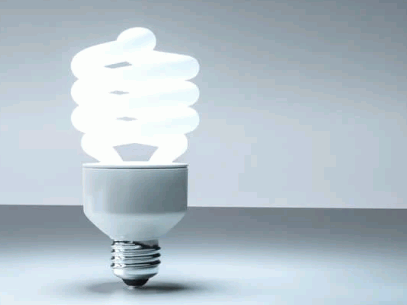
LED lighting is available in various forms, including LED bulbs, LED tubes, and LED strips, each designed for specific applications and lighting requirements.
LED bulbs are designed to replace traditional light bulbs, offering superior brightness and lumen output whilst being more energy-efficient.
One of the key advantages of LED bulbs is their durability, lasting significantly longer than incandescent bulbs which helps in reducing maintenance costs.
With their energy efficiency, LED bulbs consume less power, making them an eco-friendly choice that can save you money on electricity bills over time.
LED bulbs emit very little heat compared to traditional bulbs, making them safer to use and reducing the risk of fire hazards.
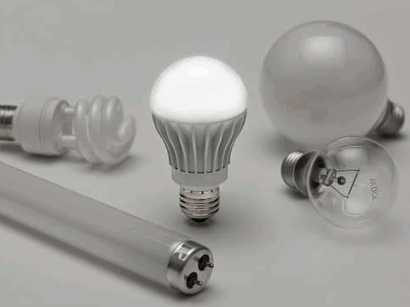
LED tubes provide efficient illumination and are ideal for linear lighting applications, offering directional light and a longer lifespan compared to fluorescent tubes.
Unlike fluorescent tubes, LED tubes do not contain mercury, making them more environmentally friendly. LED tubes require less maintenance due to their extended lifespan, reducing replacement costs and overall energy consumption.
The directional light offered by LED tubes is advantageous in various settings, such as offices, schools, and hospitals, where targeted illumination is required. This feature helps in minimising light wastage and enhancing the overall visual comfort of the space.
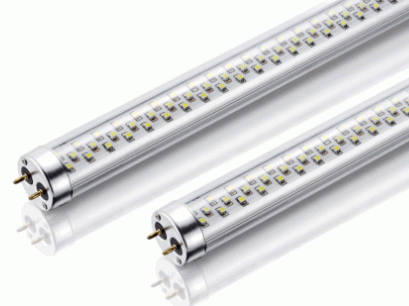
LED strips are known for their versatility and are available in a variety of colours, making them suitable for both decorative and functional lighting.
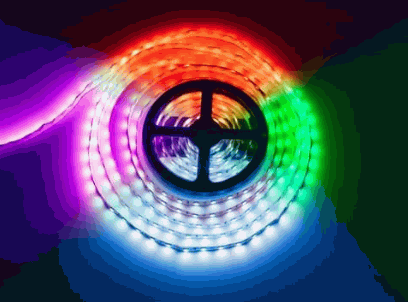
LED panels are designed to provide uniform brightness and are often used in commercial settings, offering efficient lighting with minimal heat emission.
One of the key benefits of using LED panels is their energy efficiency, consuming significantly less power compared to traditional lighting sources, resulting in cost savings and reduced environmental impact. Their long lifespan also translates to lower maintenance costs.
LED panels find applications not only in offices and retail spaces but also in schools, healthcare facilities, and even residential settings due to their versatility and aesthetic appeal. They can be seamlessly integrated into drop ceilings or suspended from ceilings, enhancing the overall ambiance.
The heat management system in LED panels ensures optimal performance and longevity. The panels are equipped with heat sinks and proper ventilation to dissipate heat efficiently, contributing to their reliability and consistency in brightness over time.
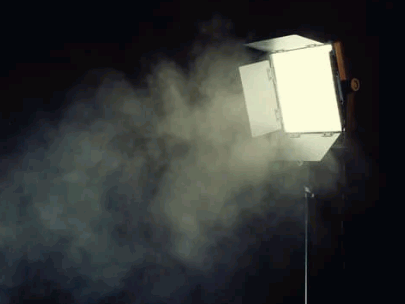
LED spotlights are ideal for focused illumination, offering high lumen output and precise direction, making them perfect for task lighting and highlighting specific areas.
With their narrow beam angles, LED spotlights are commonly used in art galleries, retail displays, landscaping, and architectural lighting, where emphasis on details and specific objects is crucial. The directional light of LED spotlights effectively reduces light spillage, minimising glare and maximising energy efficiency. In comparison to traditional spotlights, LED spotlights have a longer lifespan, consume less energy, and produce less heat, making them more environmentally friendly and cost-effective in the long run.
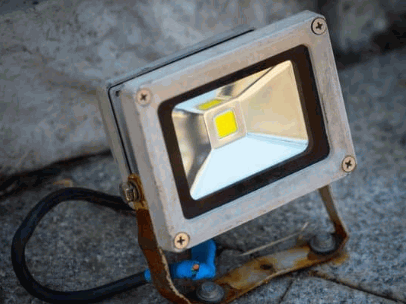
LED lighting can be effectively used in a variety of settings, including residential, commercial, industrial, and outdoor environments, providing tailored lighting solutions for each application.
In residential settings, LED lighting is favoured for its energy efficiency and ability to provide various lighting options for different areas of the home.
LED lighting not only helps reduce electricity bills due to its energy-saving nature but also offers versatility in terms of colour temperature and dimming capabilities, making it suitable for creating different ambiances in areas like living rooms, kitchens, and bedrooms. These lights can be easily integrated into smart home systems, allowing for remote control and scheduling, enhancing convenience and security. LEDs have a longer lifespan than traditional lighting sources, requiring less frequent replacements and reducing maintenance costs over time.
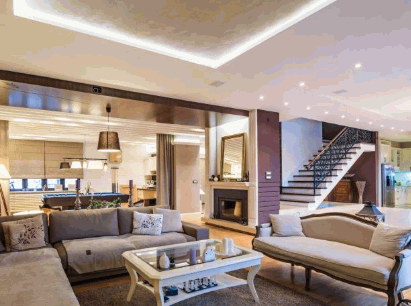
LED lighting in commercial spaces helps achieve optimal illumination while reducing energy costs and maintenance requirements.
LEDs have become increasingly popular in various commercial settings, from offices to retail stores to hospitality venues. Their versatility allows for precise lighting control, creating the perfect ambiance for different environments.
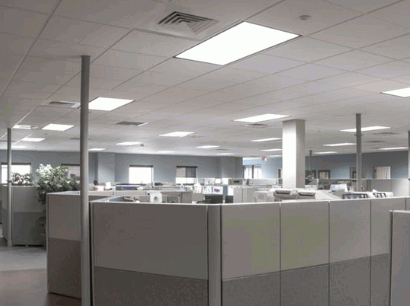
In industrial environments, LED lighting is valued for its reliability and durability, providing consistent illumination in challenging conditions.
One of the key advantages of utilising LEDs in industrial settings is their robustness. Unlike traditional lighting options, LEDs are solid-state devices that are more resistant to vibrations and impacts, making them ideal for use in environments where machinery or equipment is in constant operation.
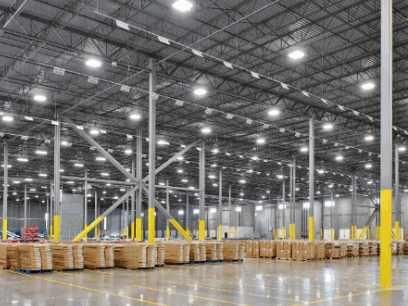
Outdoor LED lighting is designed to be weather-resistant and efficient, often incorporating heat sinks to maintain optimal performance in varying temperatures.
LED lighting technology has revolutionised outdoor lighting applications, providing long-lasting illumination for streets, parks, and buildings. Whether it's brightening up a city pavement, enhancing the beauty of a garden, or increasing security around a property, LED lights offer energy-saving solutions for various outdoor settings. The durability of LED lights ensures they can withstand harsh weather conditions, making them a reliable choice for outdoor use. Beyond their longevity, LED lights also emit a bright and clear light, making them ideal for areas that require high visibility at night.
